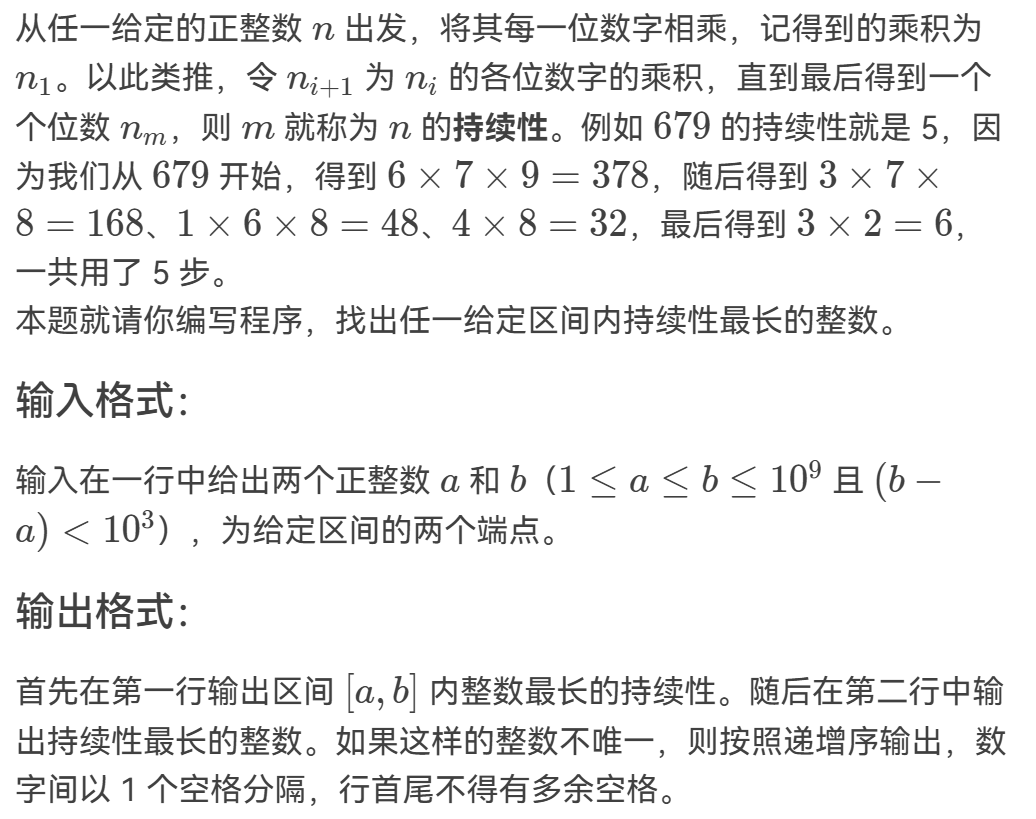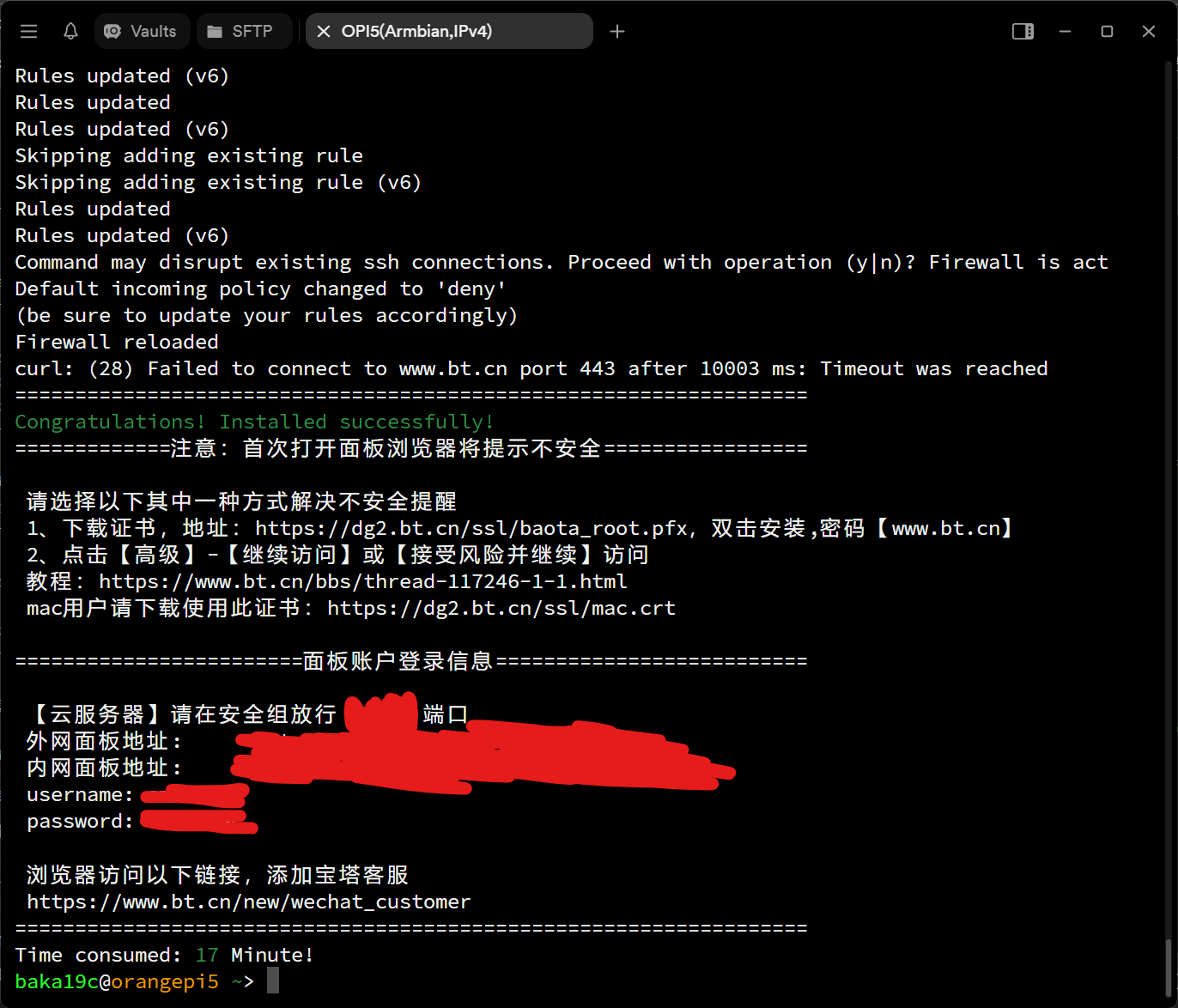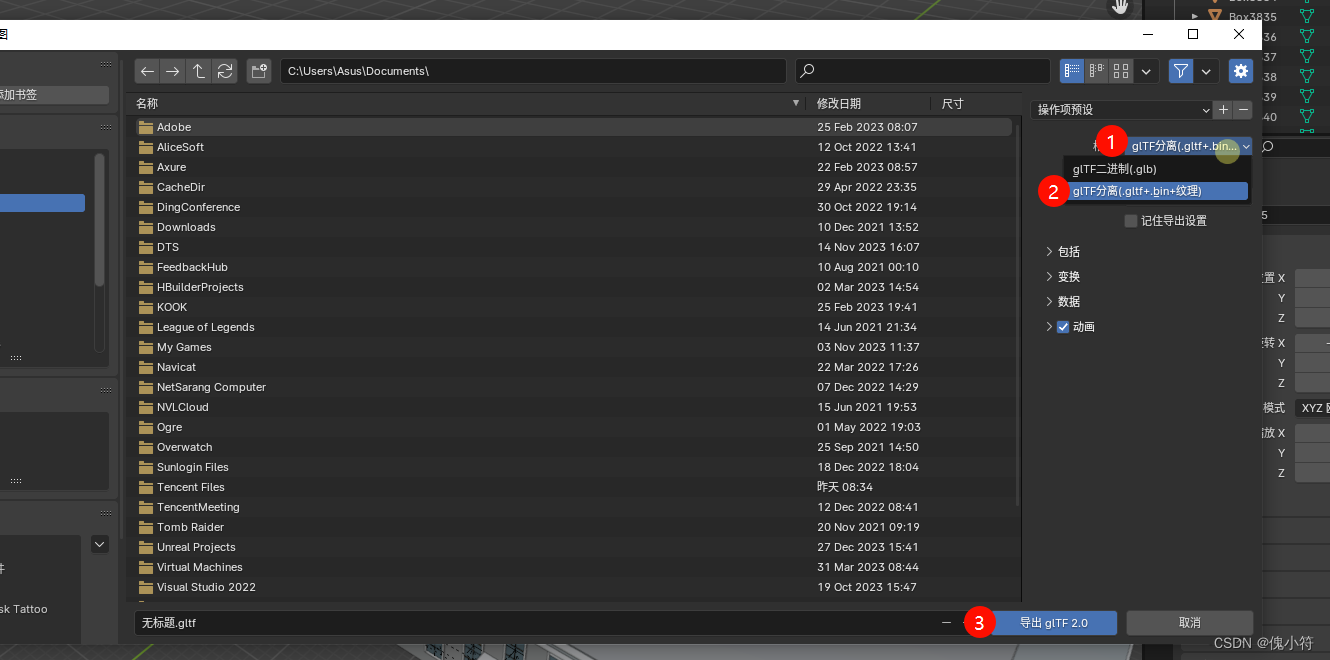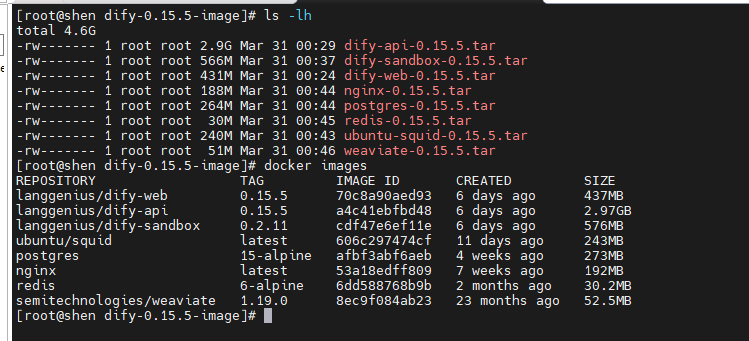约瑟夫环问题解决方案(循环队列+顺序栈)
问题描述
n个人围成一圈,从1开始报数,数到k者出圈。要求:
- 输出完整出圈顺序
- 确定最后幸存者(栈顶)
- 确定倒数第二个出圈者(次栈顶)
实现思路
/*循环队列操作流程+---------------+出队 <--| 1 2 3 ... n |<-- 入队+---------------+|v 报数到k+---------------+| 顺序栈 || 最后出圈者在顶|+---------------+
*/
数据结构设计
循环队列(LinkQueue)
typedef struct {int *data; // 存储空间基址int front; // 队头指针int rear; // 队尾指针int maxSize; // 队列容量
} LinkQueue;// 初始化队列
Status InitQueue(LinkQueue *Q, int n) {Q->data = (int*)malloc(n * sizeof(int));if(!Q->data) return ERROR;Q->front = Q->rear = 0;Q->maxSize = n;return OK;
}// 判空
Status QueueEmpty(LinkQueue *Q) {return Q->front == Q->rear;
}// 入队
Status EnQueue(LinkQueue *Q, int e) {if((Q->rear + 1) % Q->maxSize == Q->front) return ERROR; // 理论上不会发生Q->data[Q->rear] = e;Q->rear = (Q->rear + 1) % Q->maxSize;return OK;
}// 出队
Status DeQueue(LinkQueue *Q, int *e) {if(QueueEmpty(Q)) return ERROR;*e = Q->data[Q->front];Q->front = (Q->front + 1) % Q->maxSize;return OK;
}
顺序栈(Sqstack)
typedef struct {int *data; // 栈空间基址int top; // 栈顶指针int capacity; // 栈容量
} SqStack;// 初始化栈
Status InitStack(SqStack *S, int n) {S->data = (int*)malloc(n * sizeof(int));if(!S->data) return ERROR;S->top = -1;S->capacity = n;return OK;
}// 入栈
Status PushStack(SqStack *S, int e) {if(S->top >= S->capacity - 1) return ERROR;S->data[++S->top] = e;return OK;
}// 出栈
Status PopStack(SqStack *S, int *e) {if(S->top == -1) return ERROR;*e = S->data[S->top--];return OK;
}
核心算法实现
Status Josephus(int n, int k) {LinkQueue Q;SqStack S;// 初始化数据结构InitQueue(&Q, n+1); // 多留一个空间方便判断InitStack(&S, n);// 初始化队列for(int i = 1; i <= n; i++) {EnQueue(&Q, i);}// 约瑟夫环处理int count = 0;while(!QueueEmpty(&Q)) {int num;DeQueue(&Q, &num);count++;if(count == k) {PushStack(&S, num);count = 0;} else {EnQueue(&Q, num);}}// 输出结果处理printf("out sequence:\n");int* output = (int*)malloc(n * sizeof(int));for(int i = n-1; i >= 0; i--) {PopStack(&S, &output[i]);}for(int i = 0; i < n; i++) {printf("%d ", output[i]);}// 输出最后两个元素printf("\nthe winner is: %d\n", output[n-1]);printf("the last loser is: %d\n", output[n-2]);free(output);return OK;
}




![B3688 [语言月赛202212] 旋转排列](https://img2024.cnblogs.com/blog/3619440/202503/3619440-20250331161851997-1444060053.png)


![B3689 [语言月赛 202212] 宇宙密码](https://img2024.cnblogs.com/blog/3619440/202503/3619440-20250331155752201-1179979371.png)



